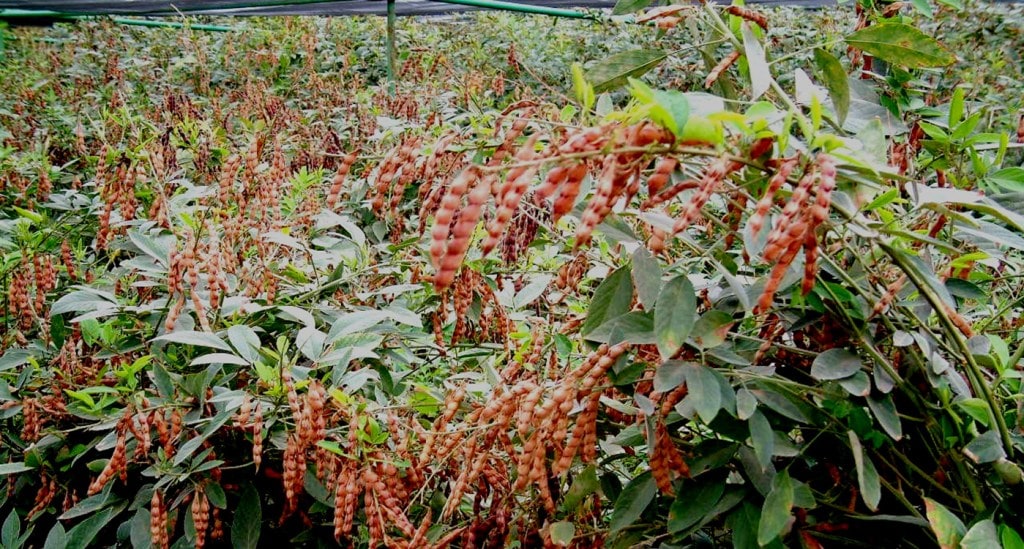A monk’s souvenir that became pigeonpea’s crown jewel
- From
-
Published on
27.08.21
- Impact Area

ICP 7035, a landrace of pigeonpea from India is a rare line with resistance to multiple diseases, is hardy and a consumer’s delight. Found by chance under unusual circumstances, the landrace has shown the importance of conserving biodiversity. Though It has proved to be a worthy cultivar and parent in breeding programs, scientists say its potential is yet to be fully tapped.
When it was first found as an isolated pigeonpea plant nearly 50 years ago at a monk’s retreat alongside the Narmada, one of India’s longest rivers, no one knew what a fortuitous find ICP 7035 would prove to be. Among the few known lines resistant to all the major biotic production constraints of pigeonpea, this landrace has been overwhelmingly responsible for the crop’s cultivation in China, Fiji, India, Myanmar and Nepal, and it continues to be among the most-sought versions of the crop.
ICP 7035 was found during a germplasm collection trip organized by Dr Devendra Sharma who was the first pigeonpea breeder at ICRISAT. It was collected from Bhedaghat in the central Indian state of Madhya Pradesh on 8 April 1974, about two years after ICRISAT’s establishment. It was given the identification number “7035” on its arrival at the ICRISAT Genebank two months later. Pigeonpea is said to have originated in Madhya Pradesh.
Related news
-

ICRISAT to Deliver World-Class Services as CGIAR’s Breeding Resources South Asia Hub
International Crops Research Institute for the Semi-Arid Tropics (ICRISAT)07.07.25-
Biodiversity
-
Food security
Strategic collaboration to scale innovation and deliver harmonized, high-quality support across CGIA…
Read more -
-

Multifunctional Landscapes that reconcile food production, with ecosystem restoration and biodiversity conservation
Multifunctional Landscapes Science Program06.07.25-
Biodiversity
-
Environmental health & biodiversity
The CGIAR Multifunctional Landscapes Science Program (MFL SP) is driven by a bold vision of…
Read more -
-

CGIAR scientist takes leadership role in global antimicrobial resistance response
International Livestock Research Institute (ILRI)19.06.25-
Health
The World Organisation for Animal Health (WOAH) has appointed Arshnee Moodley, lead of the CGIAR…
Read more -
